April 15, 2025
/
The food and beverage industry is evolving faster than ever. In 2025, we’re seeing a shift driven by two seemingly contradictory desires: the pursuit of healthier, functional foods and the enduring appeal of indulgence.
At the same time, global supply chain disruptions and technological advancements are reshaping how food is sourced, produced, and consumed. As brands navigate these changes, the key to success lies in balancing nutrition, sustainability, and accessibility while embracing emerging flavor innovation trends.
The Health vs. Indulgence Paradox
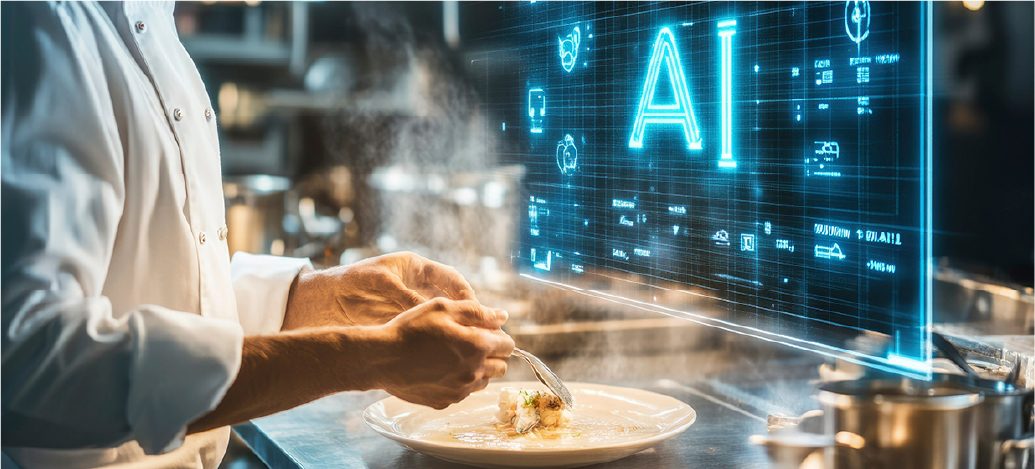
Today’s consumers want it all: nutrient-packed meals that don’t compromise on taste, comfort foods that align with wellness goals, and indulgent treats that still feel like a smart choice. The result? A rise in "stealth health"—a key theme in today's flavor innovation trends—where better-for-you ingredients are seamlessly incorporated into familiar flavors.

Protein and fiber-enhanced treats
Cookies and desserts enriched with protein, fiber, and prebiotics to support gut health.
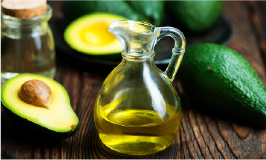
Alternative fats and sweeteners
Avocado oil replacing vegetable oils, date and monk fruit syrups offering natural sweetness without the sugar crash.
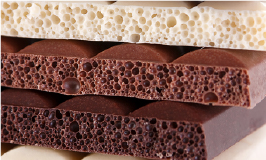
Functional indulgences
Chocolates and snack bars infused with adaptogens or nootropics to support energy and focus.
Brands that master the balance of health and indulgence will lead the way, creating foods that satisfy cravings while delivering real nutritional benefits.
Supply Chain Disruptions and the Shift to Local
Food sourcing has become more complex due to geopolitical tensions, climate change, and economic fluctuations. Tariffs on key imports, ongoing transportation challenges, and extreme weather conditions are making certain ingredients less accessible and more expensive. This is leading to a shift toward local, resilient food systems that prioritize sustainability and adaptability.

Regenerative and Vertical Farming
More producers are embracing methods that use fewer resources while maximizing output, ensuring a steady supply of essential ingredients.
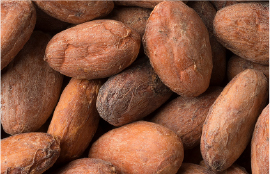
Ingredient Substitutions
Some brands are swapping out high-impact crops (like vanilla and cocoa) for lab-grown or regionally sourced alternatives that offer similar flavors with a lower environmental footprint.

Seasonal and regionally inspired menus
Restaurants and packaged food brands are emphasizing local sourcing, using what’s available rather than relying on global imports.
The Rise of Tech-Driven Food Production
Advancements in food technology are not just shaping what we eat—they’re transforming how flavors are developed and ingredients are produced. AI, biotechnology, and automation are improving efficiency while driving flavor innovation trends that prioritize sustainability and customization.

AI-powered Flavor Innovation
Machine learning is analyzing consumer preferences to create new, on-trend flavor combinations faster than ever.
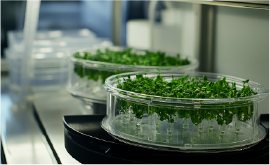
Precision fermentation and lab-grown ingredients
Alternative dairy proteins, lab-grown vanilla, and sustainable cocoa substitutes are gaining traction, reducing reliance on traditional agriculture.

Blockchain for transparency
Consumers want to know where their food comes from, and blockchain technology is helping brands provide verifiable sourcing and sustainability data.
As technology continues to evolve, brands that embrace innovation while maintaining authenticity and quality will stay ahead of the curve.
Looking Ahead
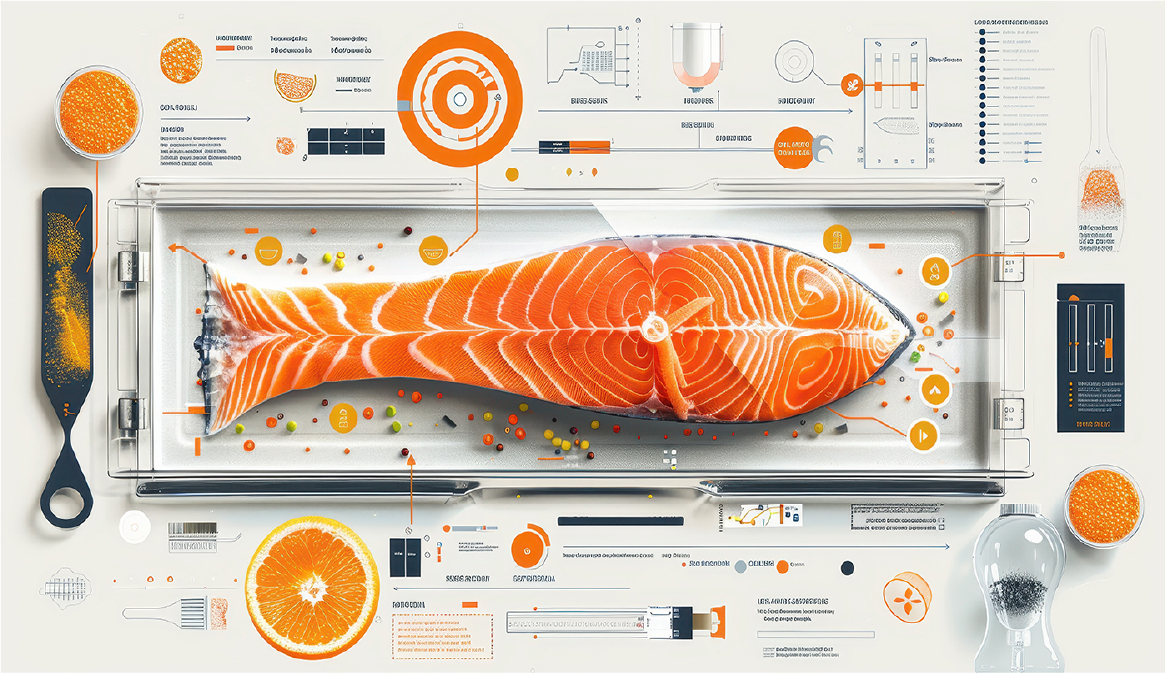
The intersection of health, sustainability, and technology is shaping the food industry in ways we’ve never seen before. Consumers expect more than just great taste—they want functional benefits, responsible sourcing, and transparency. As brands navigate these evolving demands, those that adapt, experiment, and prioritize both flavor innovation trends and integrity will set the standard for the future of food.
Insights & Trends
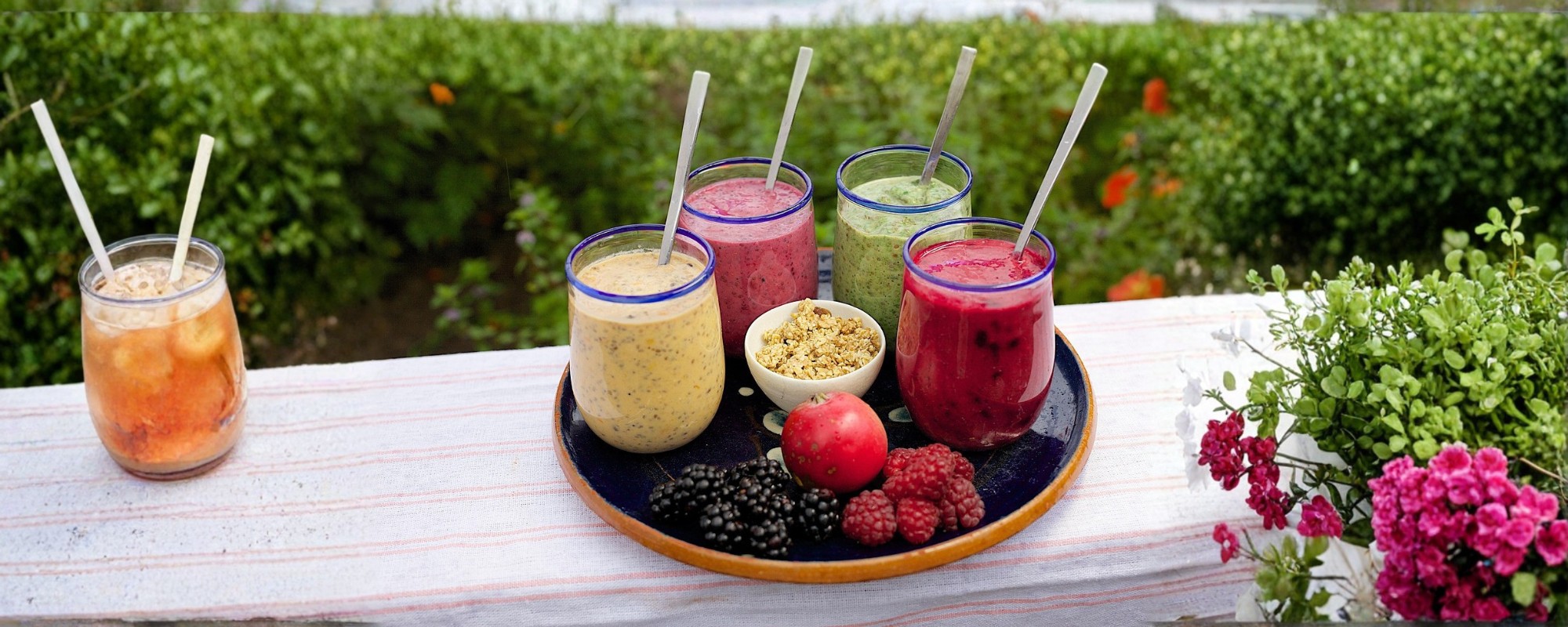
Function in Disguise
December 12, 2025

When Texture Talks Louder Than Taste
November 28, 2025
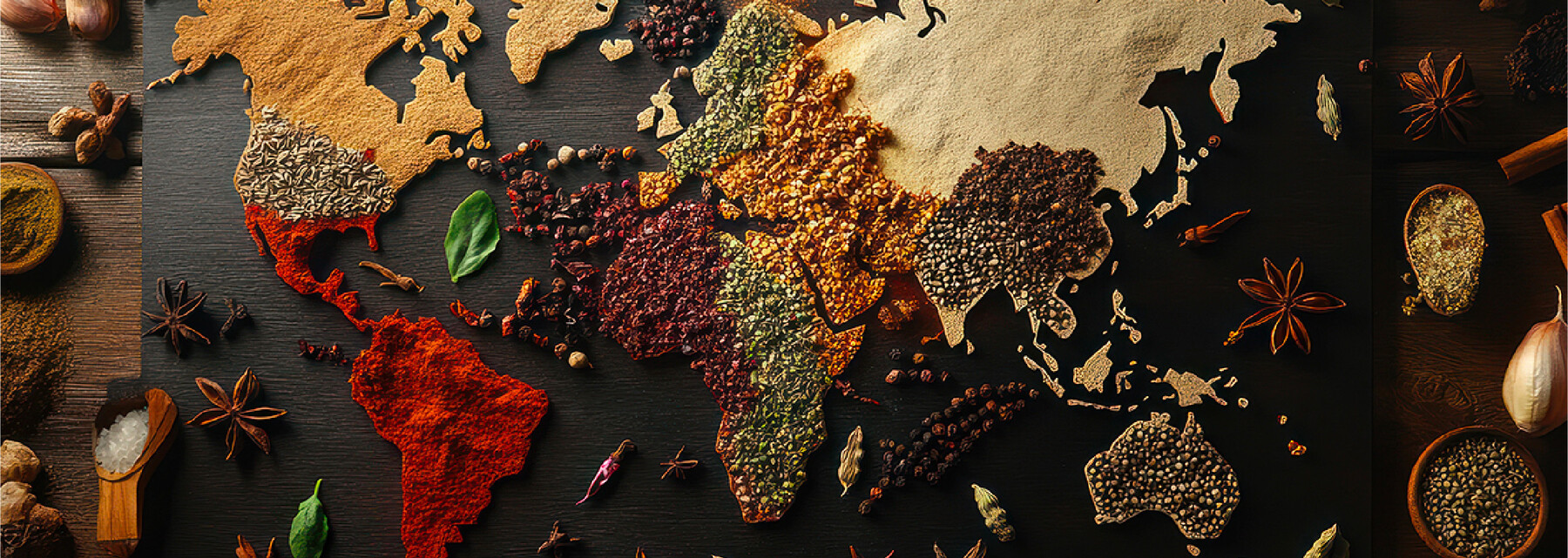
Spice. Sprinkle. Savor.
November 12, 2025

When Less Is More
October 29, 2025

From Snack to Savor
October 13, 2025

Precision Fermentation
September 29, 2025
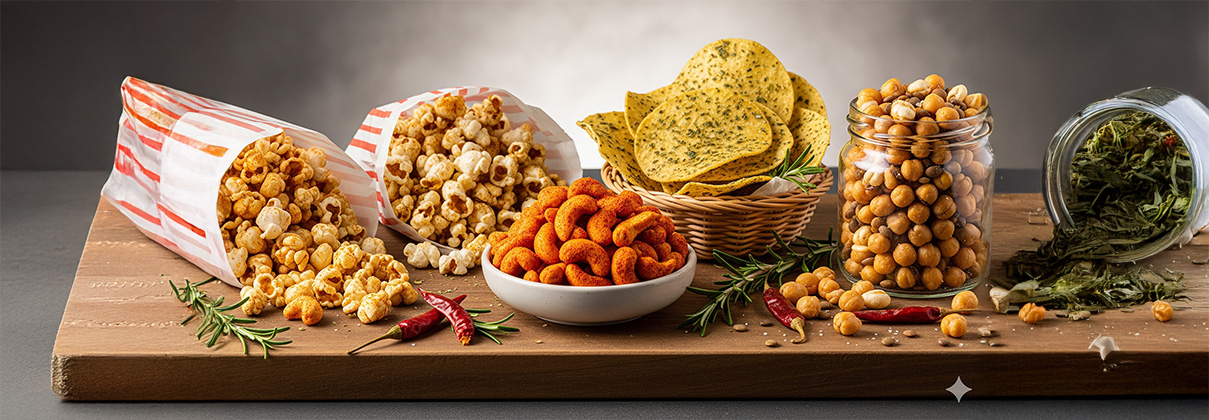
Snackification Nation
September 12, 2025
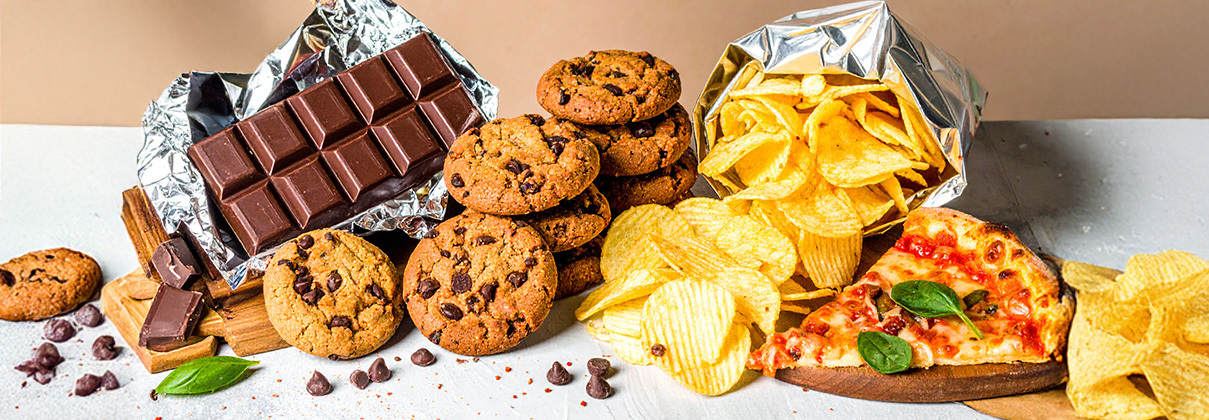
Snack to the Future
August 28, 2025

Fizz With Benefits
August 13, 2025
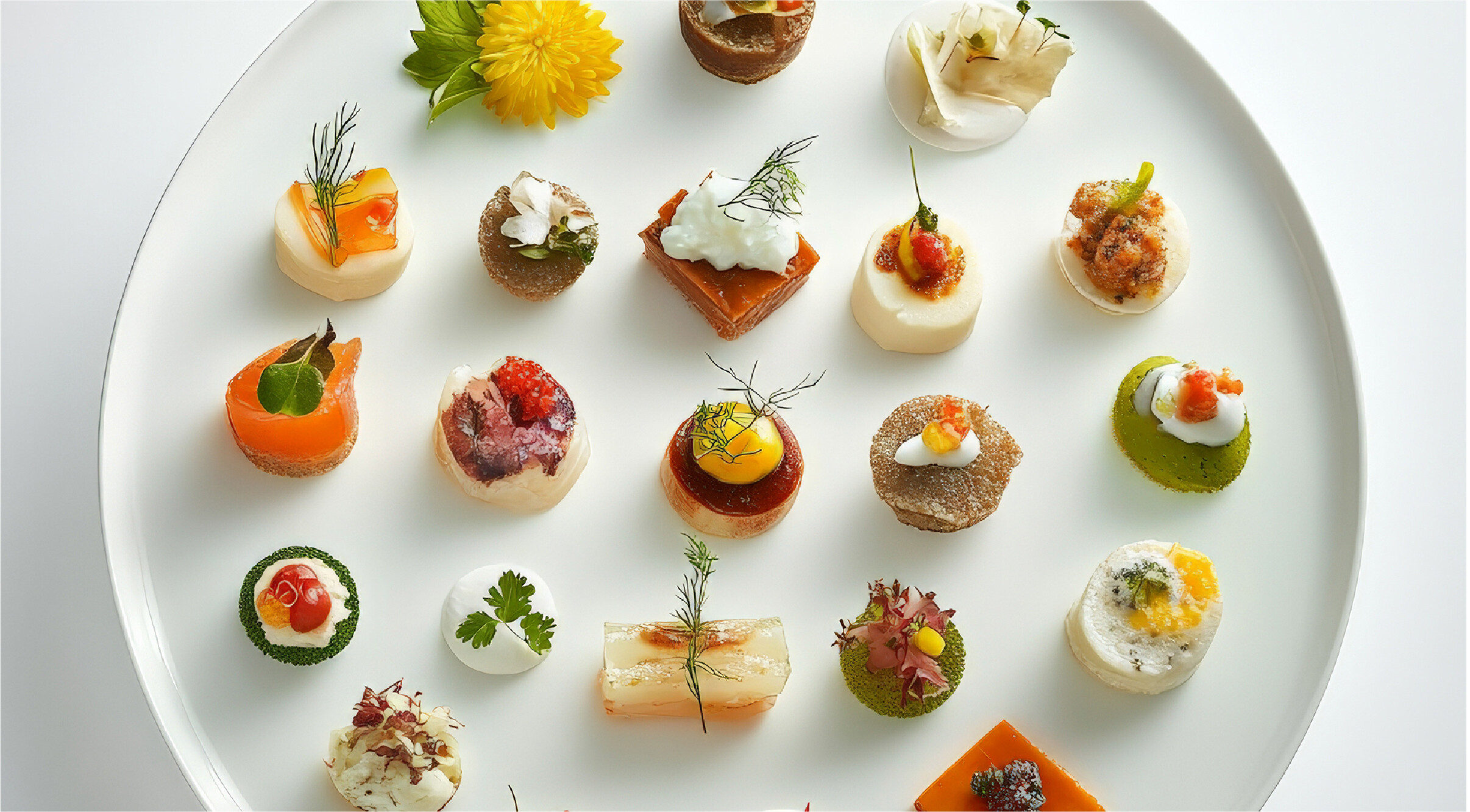
Satisfy in a Single Bite
July 28, 2025
View All Blog Posts
